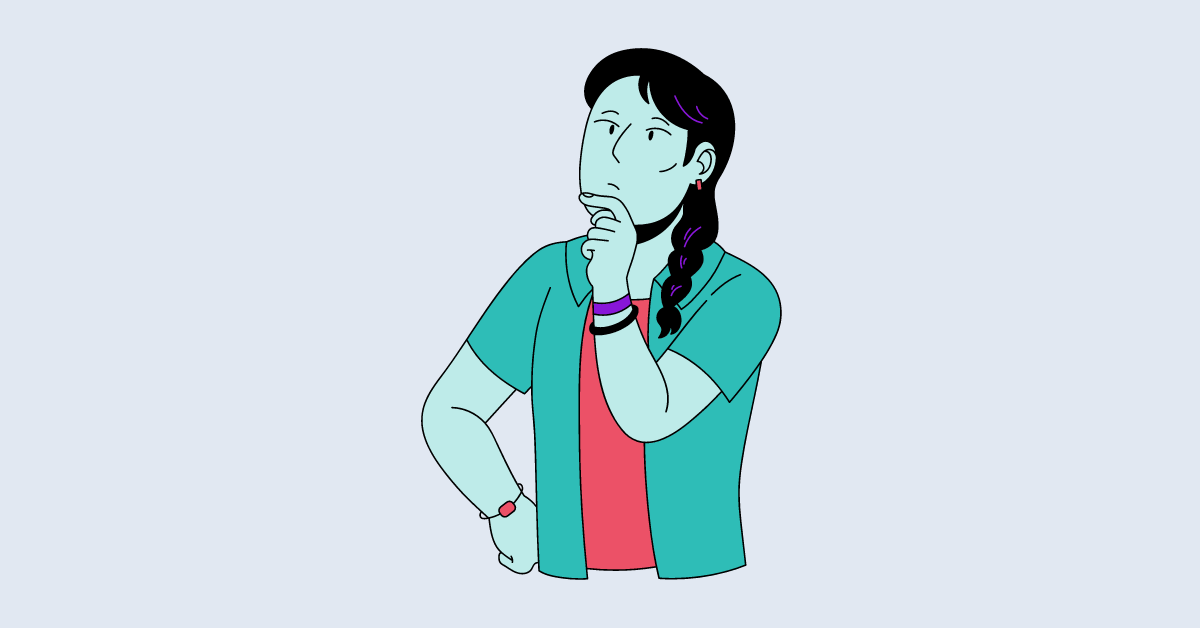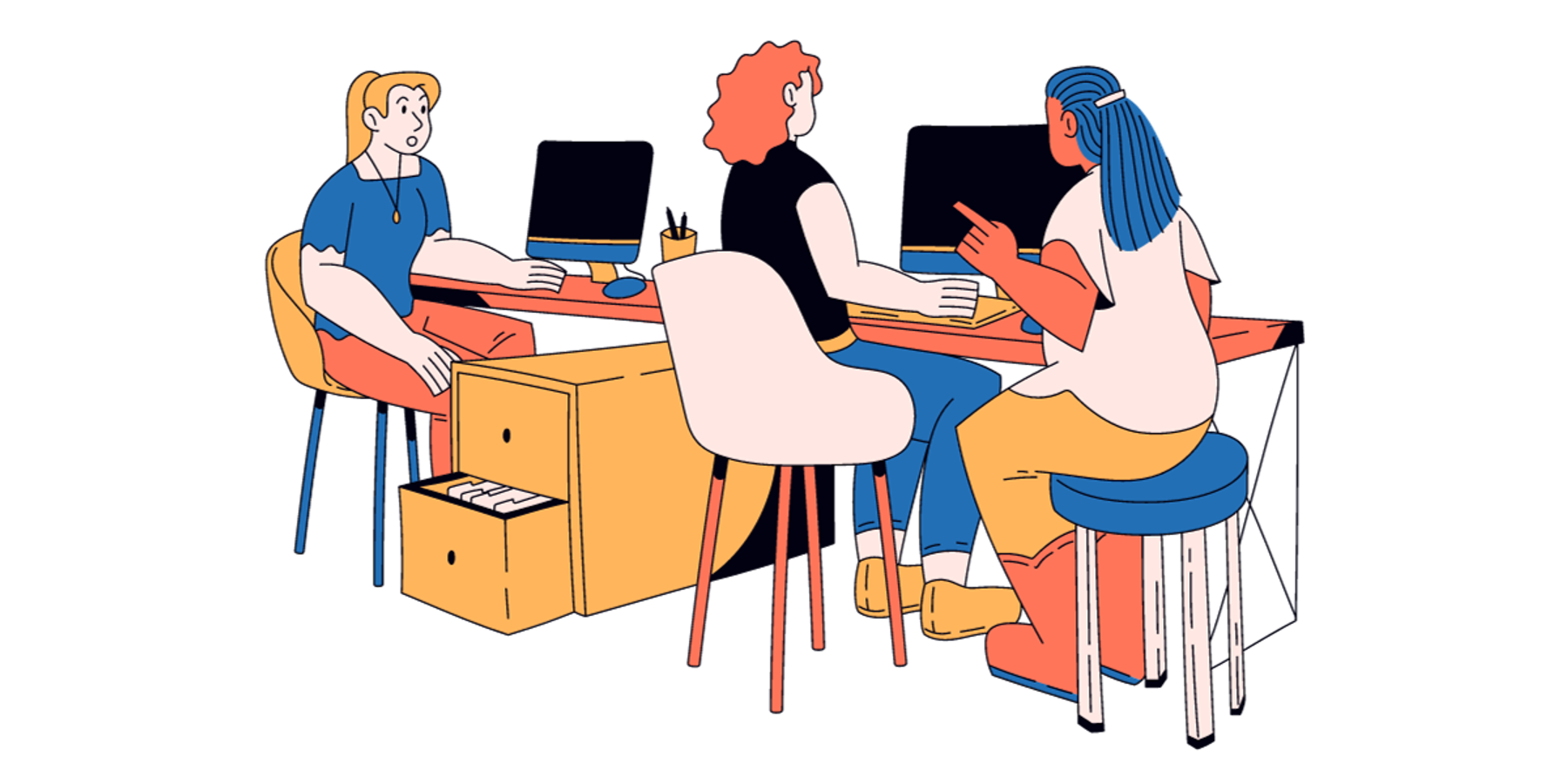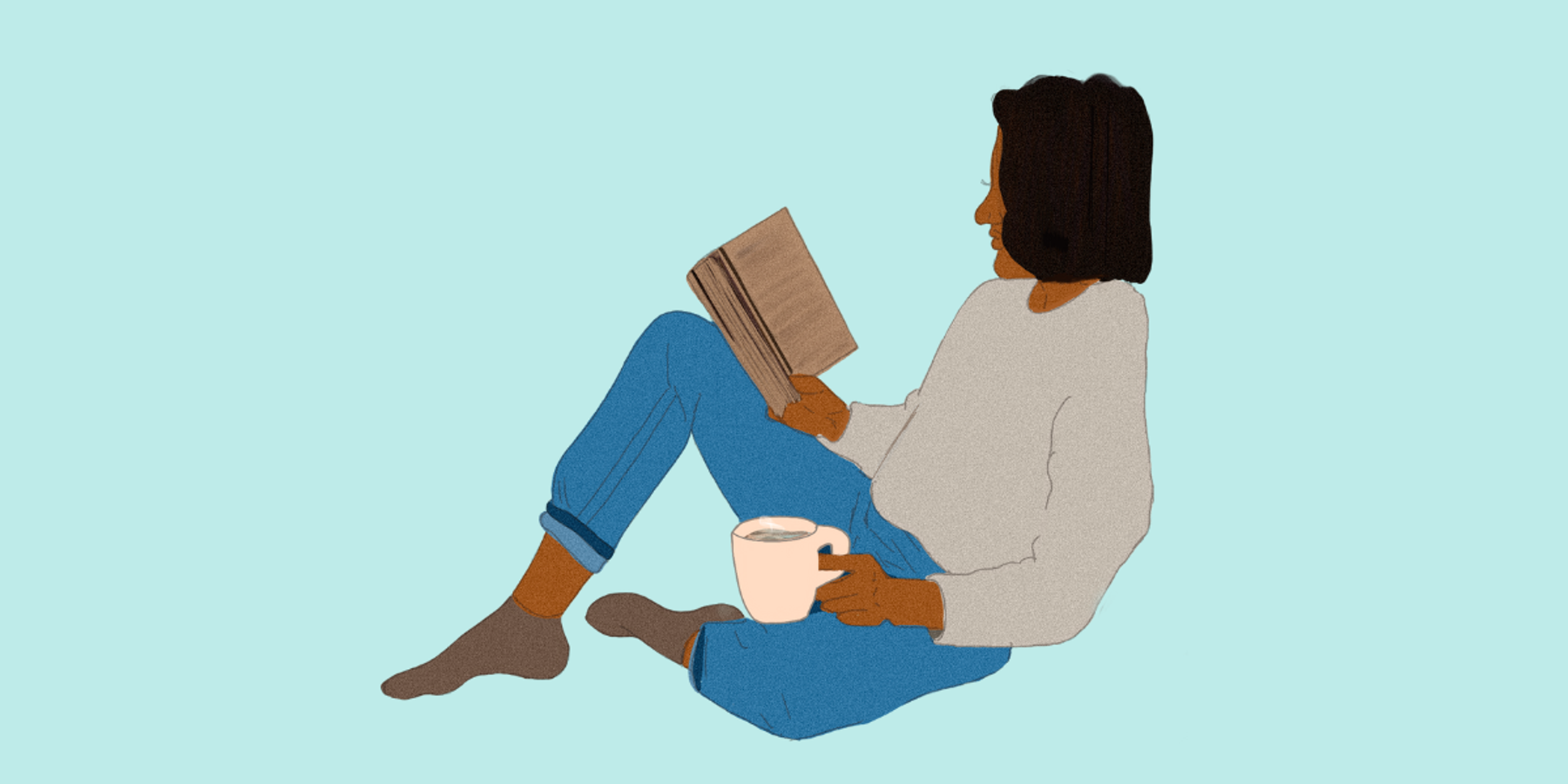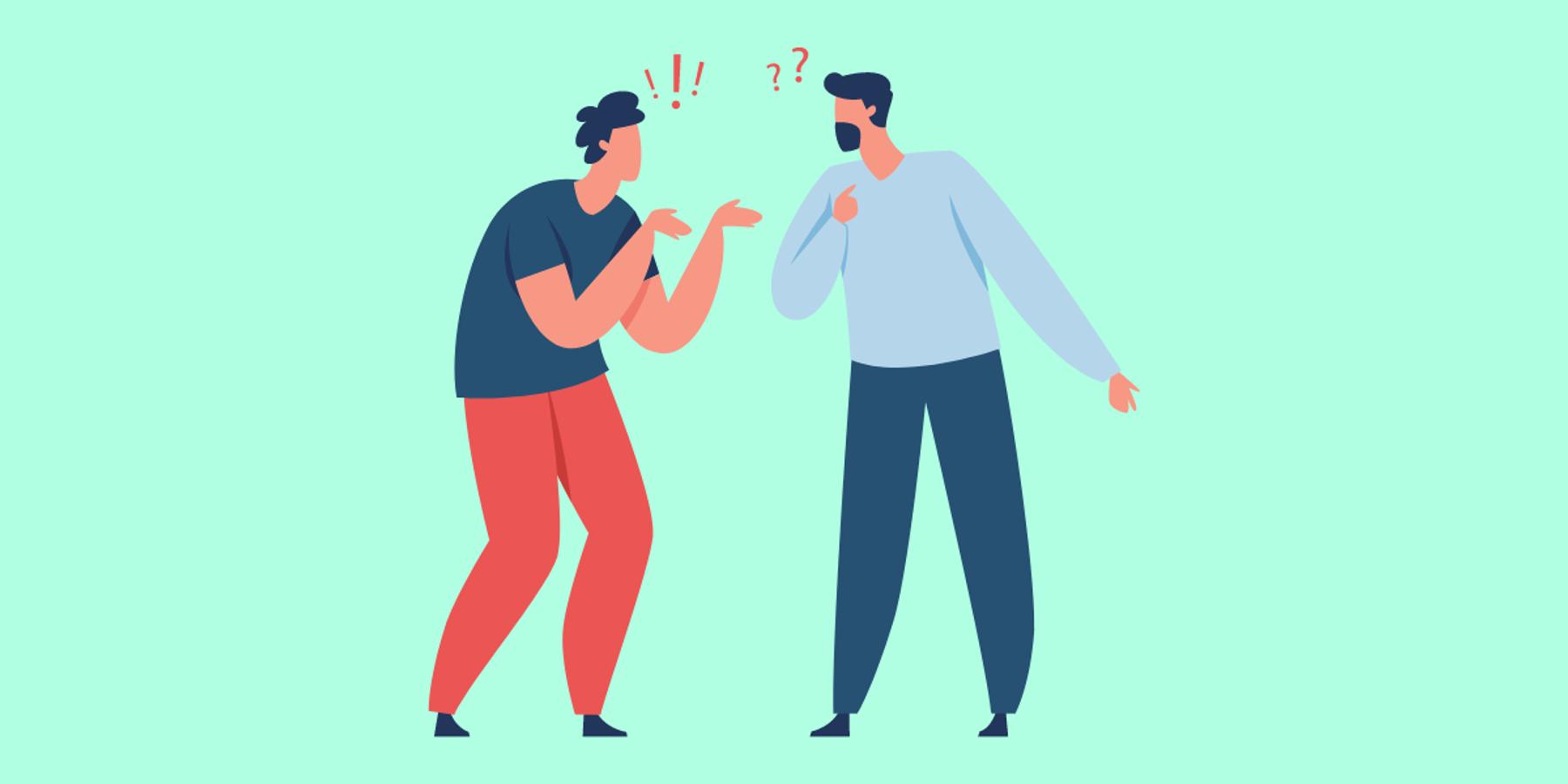Unconscious bias refers to the subconscious tendency of humans to think, feel, and act in automatic and unintentional ways that are propelled by a range of assumptions, prejudices, and conditioned stereotypes — oftentimes, without our awareness.
These unconscious biases can have a hidden influence on the decisions and actions of individuals who believe they’re being rational, objective, and evidence-based. On the surface, some of these biases seem harmless, like, “Chinese people are good at math.” But even seemingly beneficial biases can carry hidden consequences (in this example, reinforcing the model minority myth). And even more often, they can be outright dangerous, particularly when linked to negative associations around gender, sexuality, ethnicity, ability, socioeconomic status, or age. People are often reluctant to acknowledge these biases in themselves, which is why they are so difficult to assess and correct.
For instance, a common perception is that tall, young Black men are “threatening.” The fallout of this in the justice system is brutal. According to 2017 research from Montclair State University, unarmed Black men are disproportionately more likely to be shot and killed by police, often accompanied by explanations that cite the physical size of the person shot.
In the workplace, unconscious bias may not play out so lethally, but it is nonetheless unfair and damaging to individuals and the organizations they’re a part of. For example, research shows that people with “White-sounding” names are more likely to get callbacks for interviews, hurting DEIB within the organization. Similar examples abound. Past the recruitment and hiring stages, research in the legal profession, for instance, demonstrates that women, LGBTQIA+, disabled, and racially or ethnically marginalized attorneys have disproportionately less access to networking opportunities, insider information, decision-makers, mentors, meaningful work assignments, and social integration. This negatively affects company culture, belonging, and retention.
Within the overall umbrella of unconscious bias, there are several specific types. In this article, we’ll explore five types of unconscious biases and how each one plays out in the workplace. Then, we’ll go into a few strategies you can adopt to mitigate bias’ insidious effects on your organization.
Examples of unconscious bias in the workplace
1. Affinity bias
Affinity bias occurs when people are more likely to hire, favor, or work with someone who is similar to them in some way. This can be based on factors such as political party affiliation, caste, alma mater, or even hobbies. These decisions are often explained away by “culture fit” as a reason for hiring or not hiring someone.
For example, a team that largely shares a passion for U.S. football might leave members who don’t watch the game out of informal watercooler chats or exclude them during after-work gatherings.
Affinity bias can lead to an environment where employees don’t feel like they have equal opportunities for advancement or recognition, and it can create an atmosphere of exclusion rather than inclusion.
2. Attribution bias
An attribution bias is an error in a person’s evaluation or explanation for their own or others' behavior. People frequently make attributions by forming judgments and assumptions about the reasons for certain behaviors or events, but these attributions don’t always align with reality.
Attribution bias can lead to blame games, unfair judgments, and poor treatment of others in the workplace. For instance, if a manager perceives that an employee’s failure at a task must be due to their lack of ability or effort, they may be more likely to criticize or punish that employee, even if external factors like an unreasonably short timeline or insufficient training played a role in the outcome. This can go on to impact performance reviews, hiring decisions, and team culture.
3. Stereotyping
Stereotyping manifests in the workplace when people make assumptions about someone's abilities, qualifications, and potential based on their gender, race, ethnicity, age, religion, or other identity- or background-based factors. For example, “Chinese people are good at math” or “single mothers can’t focus fully on work.” These biases are often formed based on incomplete or inaccurate information and can be perpetuated through media, social norms, and personal experiences. Stereotypical thinking is a wide umbrella and can result in ageist, sexist, ableist, and racist behavior.
Examples of stereotyping are, unfortunately, plentiful in the hiring process, where job candidates may be favored or judged based on their gender, race, or other characteristics rather than on their qualifications and abilities. This also trickles down to company culture — for example, when individuals with disabilities are reluctant to reveal their disabled status to coworkers and managers, or when talented women are passed over for promotions in male-dominated fields like tech.
4. The halo/horns effect
The halo effect is a bias that occurs when a person's positive impression of someone’s traits or abilities influences their evaluation of the individual as a whole. The converse, the horns effect, is when a negative trait of an individual affects the overall perception of that person’s skills, abilities, or character.
For example, with the halo effect, if an interviewee is particularly tall, charismatic, and good-looking, the interviewer may overlook or downplay their shortcomings or assume they are suitable for leadership, even if their skills and qualifications do not necessarily support these assumptions.
With the horns effect, the opposite can happen. Suppose an intern accidentally spills coffee on some important documents, which later have to be reprinted. Her supervisor might find her to be clumsy, careless, or incompetent, even if that’s not true.
5. Conformity bias
Conformity bias is a type of unconscious bias that involves conforming to the opinions and behaviors of others in a group rather than relying on our own judgments and decisions. In the workplace, conformity bias can manifest in various ways, especially in meetings and decision-making, where employees simply agree with the opinions of senior leaders or colleagues without questioning or offering alternative perspectives. This could perhaps result from a fear of speaking out due to the potential for conflict, or just from a desire to fit in.
This can diminish innovation and creativity and can also perpetuate groupthink, where individuals prioritize harmony and agreement over critical thinking and independent decision-making.
Ways to eliminate unconscious bias in the world of work
Unconscious biases can have a significant impact on the hiring and recruitment process, promotion and performance review practices, company culture, and innovation within an organization. However, there are several solutions that company leaders can implement to mitigate their impact.
1. Diverse hiring panels
Companies should form diverse hiring panels of hiring managers, recruiters, interviewers, and other evaluators from different backgrounds, experiences, and perspectives. This can help to challenge groupthink and prevent affinity bias by ensuring that a diverse range of opinions, perspectives, and identities are involved in the hiring process.
2. Blind resumes
Blind resume screening is powerful tool in eliminating bias from the recruitment process. It involves removing any information from a candidate's resume that could lead to bias, such as their name, gender, age, and other personal information. This allows recruiters to focus solely on a candidate's qualifications and skills rather than on any personal characteristics.
3. Mentorship and sponsorship programs
Mentorship and sponsorship programs can help to promote DEIB within an organization by providing opportunities for employees from underrepresented groups to receive guidance and support from more experienced colleagues. This can help to both develop a more diverse talent pipeline and address affinity bias, by promoting diversity at all levels of the organization.
4. Objective performance reviews
Performance reviews should be based on standardized criteria that are objective and relevant to the employee's role. Companies can also consider having multiple evaluators, such as direct supervisors and colleagues, to provide a more comprehensive and unbiased evaluation of an employee's performance, instead of basing it on a single person’s point of view.
5. Unconscious bias training
Unconscious bias training can help raise awareness of different biases, enable employees to understand the impact of their biases, and provide them with strategies to mitigate their effects. The training typically involves a combination of interactive exercises, discussions, and case studies. It helps participants to recognize their own biases and understand how they can impact behavior and decision-making. Implementing unconscious bias training across roles and teams can promote a more diverse, welcoming, and supportive work culture and help employees make more objective decisions.
Get started with unconscious bias training
Unconscious bias training is the single most effective strategy to tackle unconscious bias at every level of an organization.




